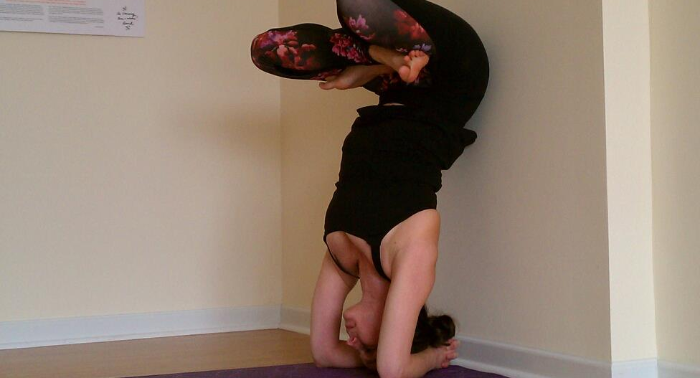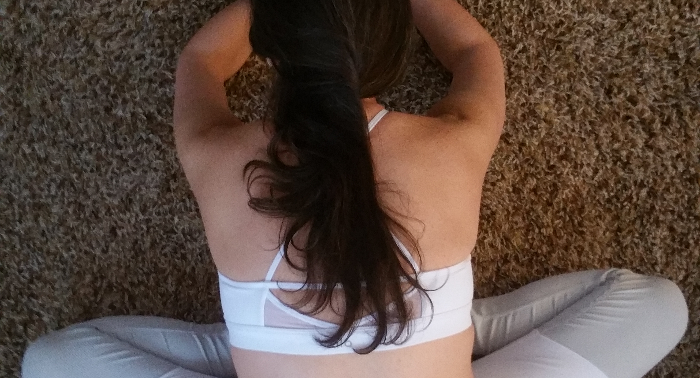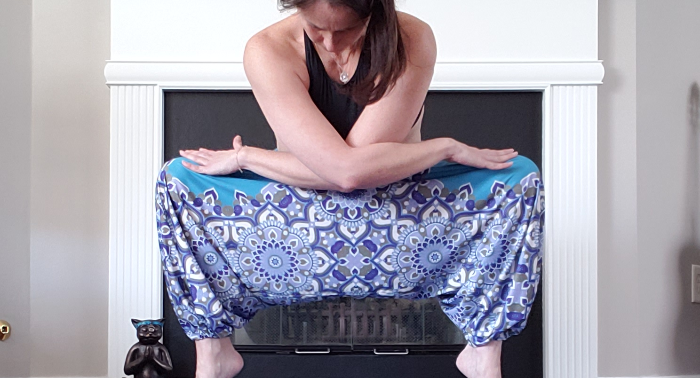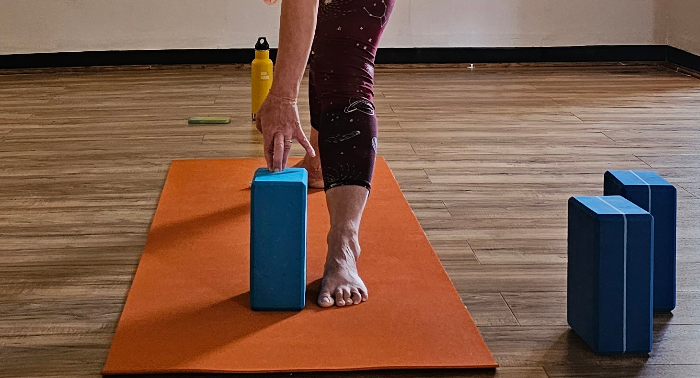Navigating Pain and Discomfort in Yoga Poses: A Guide for Yogis

As a seasoned yoga teacher, I've witnessed countless students embark on their yoga journey, each facing unique challenges and triumphs on the mat. One common theme that often arises in the practice is the delicate balance between pain and discomfort during yoga poses. Understanding the distinction between the two is crucial for practitioners to foster a safe and enriching practice.
The Nature of Discomfort: Yoga, at its core, is a practice that encourages self-awareness and mindfulness. It's essential for students to recognize that discomfort is a natural part of the process. Discomfort can manifest as a stretching sensation, muscle fatigue, or the challenge of holding a pose. It is the body's way of adapting and growing stronger. Embracing discomfort allows practitioners to explore their physical and mental edges, fostering resilience and perseverance.
Differentiating Pain from Discomfort: While discomfort is inherent in yoga, pain should never be ignored. Pain is the body's way of signaling that something is amiss, and pushing through it can lead to injuries. Yogis must learn to distinguish between the discomfort that accompanies growth and the pain that signals potential harm.
Sharp, Shooting Pain:
- Discomfort: Feeling a deep stretch or muscular engagement is expected during certain poses.
- Pain: Sharp, shooting pain, especially if localized, may indicate an injury. Stop and reassess the pose.
Joint Pain:
- Discomfort: A gentle ache in the joints due to increased flexibility or muscle engagement.
- Pain: Persistent joint pain, especially if accompanied by swelling or a grinding sensation, requires attention.
Unnatural Sensations:
- Discomfort: Sensations like burning or warmth during a challenging pose.
- Pain: Numbness, tingling, or any sensation that feels unnatural may be a sign of nerve compression.
Breathlessness:
- Discomfort: Shortness of breath due to physical exertion or deep breathing exercises.
- Pain: Sudden, severe breathlessness may indicate an issue and should not be ignored.
Guidelines for Practitioners:
Listen to Your Body:
- Tune into the subtle signals your body sends. If something feels off, take a step back and reassess.
- Tune into the subtle signals your body sends. If something feels off, take a step back and reassess.
Modify and Adapt:
- It's perfectly acceptable to modify poses to suit your body's needs. Props and variations can be invaluable tools.
- It's perfectly acceptable to modify poses to suit your body's needs. Props and variations can be invaluable tools.
Communicate with Your Teacher:
- Open communication with your yoga teacher is key. Share any concerns or discomfort you're experiencing, and they can guide you accordingly.
- Open communication with your yoga teacher is key. Share any concerns or discomfort you're experiencing, and they can guide you accordingly.
Rest and Recover:
- Rest is an integral part of the yoga practice. Honor your body's need for recovery, especially if you've experienced pain.
Yoga is a journey of self-discovery, and navigating the fine line between pain and discomfort is an integral part of that journey. By fostering a deep connection with our bodies and practicing mindfulness on the mat, we can cultivate a yoga practice that promotes growth, strength, and well-being. Remember, it's not about pushing through pain, but rather embracing discomfort as a catalyst for transformation and self-awareness.




